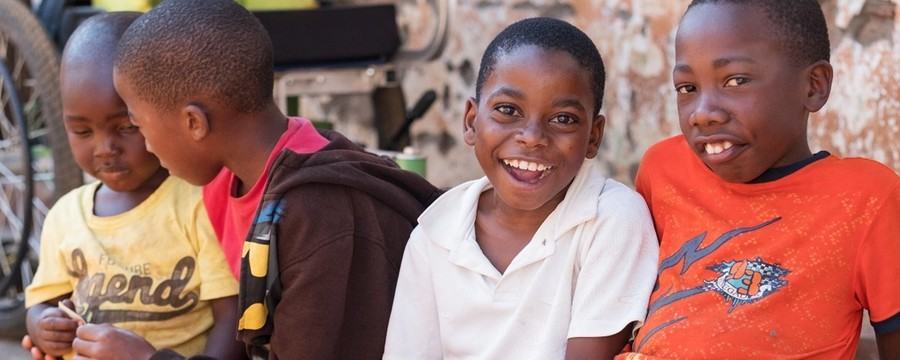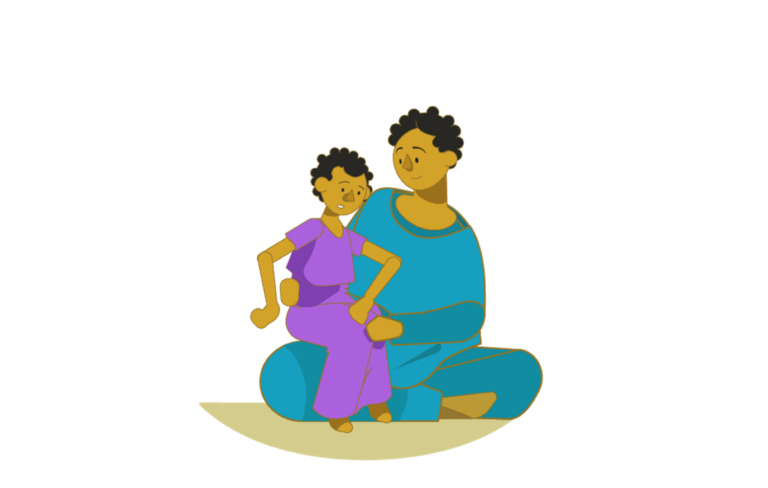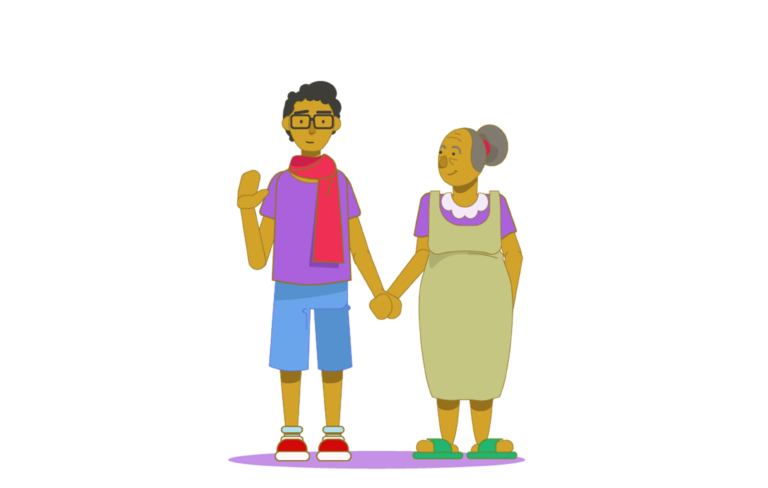Home / Psychology & Mental Health / Inclusive Teaching / Integrated Healthcare for Children with Developmental Disabilities / Case studies: communication
This article is from the free online
Integrated Healthcare for Children with Developmental Disabilities


Reach your personal and professional goals
Unlock access to hundreds of expert online courses and degrees from top universities and educators to gain accredited qualifications and professional CV-building certificates.
Join over 18 million learners to launch, switch or build upon your career, all at your own pace, across a wide range of topic areas.


 Case study 1. Justin: Justin has a hearing impairment. His local dentist does not know sign language. Justin needs to have a filling in his tooth and will need to follow the dentist’s instructions during the procedure.
Case study 1. Justin: Justin has a hearing impairment. His local dentist does not know sign language. Justin needs to have a filling in his tooth and will need to follow the dentist’s instructions during the procedure.
 Case study 2. Thandi: Thandi received a diagnosis of cerebral palsy when she was 2 years old. Her mother was told that the condition could not be cured, but she did not believe the healthcare professionals, and spent a lot of money seeking care from different healers who promised that they could help her child.
Case study 2. Thandi: Thandi received a diagnosis of cerebral palsy when she was 2 years old. Her mother was told that the condition could not be cured, but she did not believe the healthcare professionals, and spent a lot of money seeking care from different healers who promised that they could help her child.
 Case study 3. Mai: Mai has Down syndrome and epilepsy. She is not always keen to take her epilepsy medication as it makes her feel drowsy. She can get very angry with her parents when they ask her to take the drug and she often refuses, causing her to have seizures.
Case study 3. Mai: Mai has Down syndrome and epilepsy. She is not always keen to take her epilepsy medication as it makes her feel drowsy. She can get very angry with her parents when they ask her to take the drug and she often refuses, causing her to have seizures.
 Case study 4. Lucas: When Lucas was a young boy, he started exhibiting a number of challenging behaviours. Although diagnosed with autism, the healthcare professional was unsure of the prognosis for Lucas over the coming years and did not know how his functioning would be affected. His grandmother was adamant that the healthcare professionals give her clearer answers about his prognosis.
Case study 4. Lucas: When Lucas was a young boy, he started exhibiting a number of challenging behaviours. Although diagnosed with autism, the healthcare professional was unsure of the prognosis for Lucas over the coming years and did not know how his functioning would be affected. His grandmother was adamant that the healthcare professionals give her clearer answers about his prognosis.





